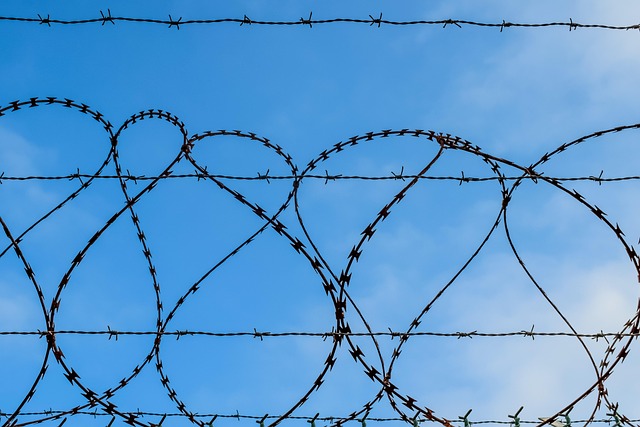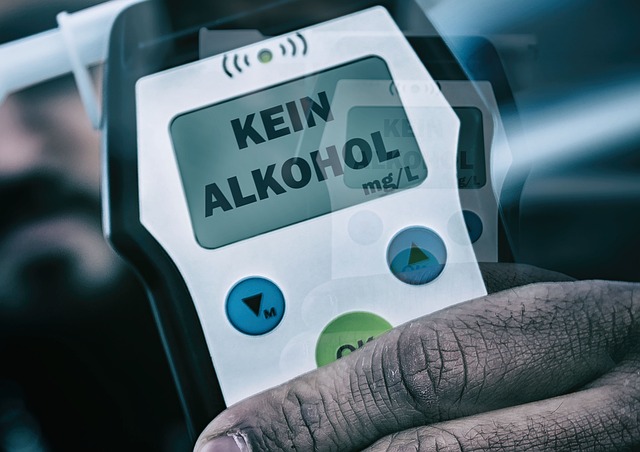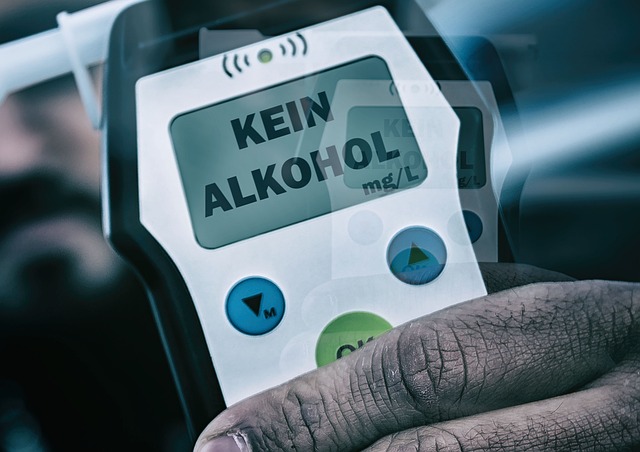High-risk DUIs pose significant challenges in criminal justice and insurance sectors due to high recidivism rates and repeated accidents, leading to costly insurance claims. To disrupt the cycle of reoffending, it's crucial to understand underlying factors like substance abuse and lack of opportunities. Targeted interventions focusing on rehabilitation, mentorship, and skill development can reduce financial burdens on insurers and communities. Comprehensive counseling, group therapy, motivational interviewing, and legal support are effective strategies. Post-accident rehabilitation addressing underlying issues and providing skill-building workshops is key. Robust prevention measures, including community service, education resources, and support networks, ensure individuals learn from their mistakes, reducing future claims and enhancing public safety.
“High-risk reoffenders, especially those with DUI offenses, pose a complex challenge for justice systems. This article delves into understanding and addressing this issue head-on. We explore the profound impact of DUI accidents on both individuals and insurance claims, highlighting the need for effective strategies to break the cycle of recidivism.
From rehabilitation programs to post-accident prevention measures, we present insights into supporting reintegration and reducing risks associated with Insurance Claims After a DUI Accident.”
- Understanding High-Risk Reoffenders: A Complex Issue
- The Impact of DUI Accidents and Insurance Claims
- Strategies to Break the Cycle of Recidivism for DUI Offenders
- Supporting Reintegration: Post-Accident Rehabilitation and Prevention Measures
Understanding High-Risk Reoffenders: A Complex Issue

High-risk reoffenders, particularly those with a history of DUIs, present a complex issue in our criminal justice system and insurance sector. These individuals often have a pattern of risky behavior that can lead to repeated offenses and significant consequences, including multiple insurance claims after DUI accidents. Understanding this demographic requires a nuanced approach, as their recidivism rates are notoriously high compared to other offenders.
The challenge lies in recognizing the underlying factors contributing to their behavior, such as substance abuse issues, lack of access to quality education or employment opportunities, and limited support systems. Effective interventions require comprehensive strategies that address these root causes. By implementing targeted programs focused on rehabilitation, mentorship, and skill development, there is a chance to disrupt the cycle of reoffending, reducing the financial burden on insurance providers and communities at large, especially in managing subsequent DUI-related insurance claims.
The Impact of DUI Accidents and Insurance Claims

DUI accidents have far-reaching consequences, and one significant aspect often overlooked is the impact on insurance claims. When an individual is involved in a driving under the influence (DUI) incident, it can lead to substantial financial burdens for both the offender and victims. Insurance claims after a DUI accident typically involve property damage, personal injury, or even fatal outcomes, all of which are costly to settle. The premium rates for insurance policies often increase for those with a history of DUI offenses, making future coverage more expensive and less accessible.
These accidents not only cause immediate harm but also leave long-lasting effects, leading to legal repercussions, rehabilitation needs, and emotional trauma. As such, it is crucial for high-risk reoffenders to understand the implications of their actions, especially regarding Insurance Claims After a DUI Accident. This awareness can be a powerful motivator to break the cycle of reoffending and seek help to turn their lives around.
Strategies to Break the Cycle of Recidivism for DUI Offenders

Breaking the cycle of recidivism for DUI offenders is a multifaceted approach, aiming to address both the legal and personal aspects that contribute to repeat offenses. One effective strategy involves intensive counseling sessions tailored to help individuals understand and manage their addiction. Group therapy has also proven beneficial, providing a supportive environment where offenders can share experiences and learn from one another’s successes and failures. Additionally, employing motivational interviewing techniques during these sessions encourages participants to set personal goals and overcome ambivalence toward change.
Another crucial aspect in disrupting the cycle is ensuring access to comprehensive legal support. This includes not only defending against current charges but also offering guidance on managing potential Insurance Claims After a DUI Accident, which can be financially burdensome. Legal aid organizations specializing in DUI cases can help offenders navigate these complexities, reducing the stress that often leads to relapse. Additionally, providing education about the consequences of reoffending—including extended licenses and increased insurance premiums—can serve as a powerful deterrent, motivating individuals to make lasting behavioral changes.
Supporting Reintegration: Post-Accident Rehabilitation and Prevention Measures

Breaking the cycle of reoffending among high-risk individuals is a multifaceted challenge, but one crucial aspect is supporting their successful reintegration into society after an accident, especially when it involves insurance claims and DUI cases. Post-accident rehabilitation plays a vital role in preventing recidivism by addressing the underlying issues that contributed to the initial offense. This process can include counseling, substance abuse treatment, and skill-building workshops aimed at helping individuals develop healthier coping mechanisms and improve their decision-making abilities.
Additionally, implementing robust prevention measures is essential. These might involve close monitoring of high-risk offenders through community service programs or supervision, access to resources for employment and education, and ongoing support networks. By focusing on these comprehensive strategies, we can ensure that individuals with a history of DUI accidents not only learn from their mistakes but also gain the tools and opportunities needed to stay on a positive path, reducing the likelihood of future insurance claims and promoting public safety.
High-risk reoffenders can break the cycle of recidivism with targeted interventions. By addressing the complex issue of understanding these individuals, implementing effective strategies to prevent future accidents involving DUI, and providing robust post-accident rehabilitation, we can enhance their reintegration into society. Supporting these offenders not only reduces insurance claims after a DUI accident but also fosters safer communities. It’s crucial to remember that with the right resources and care, change is possible.






